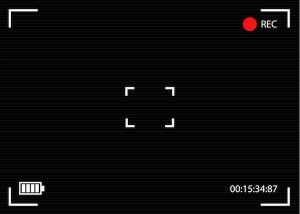There seems to be endless options from which machine vision integrators can choose when it comes to designing an inspection system. Quite possibly the most critical option is whether to use area-scan or line-scan cameras. While the roles they perform are similar, the technology employed in each is miles apart in how they capture any given image.
An area-scan camera contains a matrix of pixels that will capture an image of a given ‘scene’. They are used in more general settings than line-scan cameras and offer easier alignment and set up. They are best suited with applications where the object is stationary – even if only momentarily.
- Area scan cameras provide a fixed resolution, allowing for simplified installation where moving cameras or objects are not desired or practical.
- Area scan cameras can image a defined area quickly, whereas a line scan camera must be moved over the area to produce a similar image.
- Greater flexibility can be had with area scan cameras, as a single image can be segmented into multiple regions-of-interest to look for specific objects rather than having to process the entire image.
A line-scan camera contains a single row of pixels used to more quickly capture data. As any given object moves past the camera, a complete image is constructed in software, line by line. This type of system is best employed in high-speed processing, or on a fast-moving conveyor belt line application.
- With a single row of pixels, line scan cameras can build continuous images not limited to a specific vertical resolution. This allows for much higher resolutions than with area scan cameras.
- Unlike area scan cameras, a line scan camera can expose a new image while the previous image is still transferring its data. This is because the pixel readout is faster than the camera exposure.
- When building a composite image, the line scan camera can either move over an object or have moving objects presented to it.
- Coordination of production/camera motion and image acquisition timing are critical for line scan cameras, but they require only simple illumination.
- Because line-scan cameras use a single row of pixels, they can build continuous images not limited to a specific vertical resolution, allowing for much higher resolutions than area-scan cameras in both 2D and 3D.
No matter which application works best for you, area-scan or line-scan cameras, we offer a wide variety of precision lenses from which to choose. If you have a specific design in mind the team of engineers, along with the manufacturing department at Universe Optics, will craft your lens to your exact specifications.